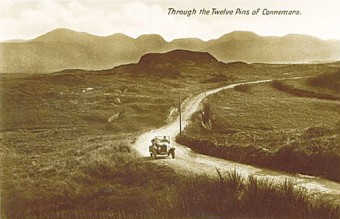Search Results for 'Galway gaol'
19 results found.
Firing squads bring Civil War to a close
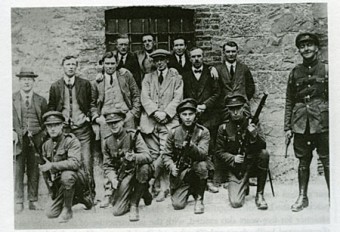
The Civil War in Galway came to an end because there was little appetite for further bloodshed in the face of ruthless determination by the Free State, or the pro-treatyites, to stamp out the anti-treaty forces. The Free State government warned that anyone carrying weapons other than the National Army, would be shot. Eleven Galway anti-treatyites were shot by firing squad. On January 20 1923 Martin Bourke, Stephen Joyce, Herbert Collins, Michael Walsh, and Thomas Hughes, all attached to the North Galway IRA Brigade, were arrested and executed in Athlone. On February 19 eighteen volunteers were arrested in Annaghdown, and brought to Galway gaol. It was given out that all were ‘well armed’. Even though it was expected that all, or a number of them, would be shot, nothing happened.
Galway 1910 - 1923, the changing years
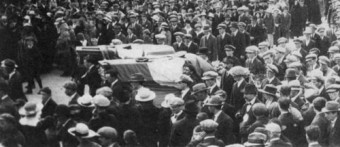
Early in 1916, Pádraic Pearse visited Athenry to discuss plans for the Rising. He wanted the Volunteers to hold the county at the River Suck at Ballinasloe, to capture Galway city, and then, if possible, to march on Dublin. There were several variations of this strategy, but whichever plan was finally agreed, its success depended on the Volunteers receiving modern weaponry. Up to then the men had been rehearsing with shotguns, and sticks. Pearse assured them that small arms, including assault rifles and machine guns, were on their way. They would arrive in Gort, and be distributed from there.
The blacksmith from Craughwell
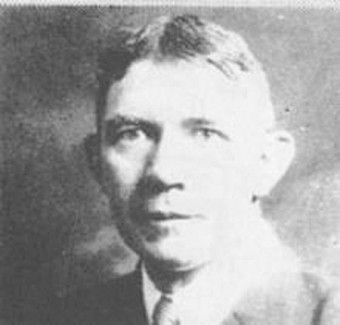
The participants in the Galway Rising of April 1916 anticipated their arrest and humiliation. During Easter Week, while the rebels were attacking police stations in parts of east Galway, and threatening an invasion of the town, the RIC was quick to round up all the usual suspects. They were easily recognised. Their public training, and their interruptions of recruitment meetings made them well known to the police. They were loaded into open-top vehicles and paraded ‘for the entertainment of the townsfolk’. Volunteer Frank Hardiman remembered being set upon and beaten by rowdies at a number of places, and pelted with mud by the town’s inhabitants.
Executions in Galway Gaol
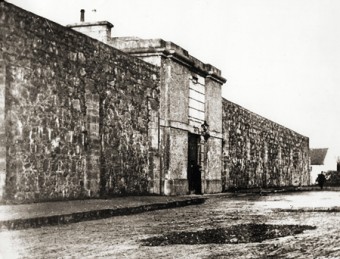
This photograph of the main entrance to Galway Gaol (facing the Salmon Weir Bridge) was taken in 1903. It was an imposing and intimidating building. The execution chamber was just over the main gate, and many prisoners perished there.
The school under the railway bridge
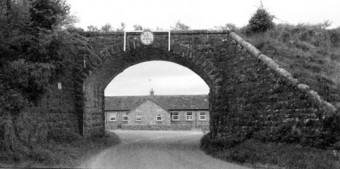
Apart from the profound influence that teachers had on their young students at Crumlin National School, Ballyglunin, Co Galway, the passing trains on the old Claremorris-Limerick line told them all the time of day, and the seasons of the year. The old school was located practically under the railway bridge. The train passed only yards from the classrooms. “We would wave out at the trains passing....” recalls Phil Forde, who stared school there when she was three years old in 1935. “There would be extra trains during the beet campaign. The beet would all go to the station in the horse and cart, and there would be about 20 wagons after the steam engine.”
Galway Gaol, April 1958
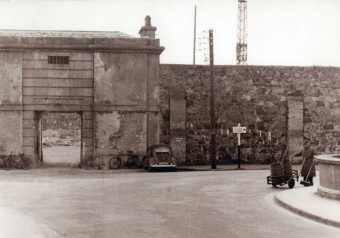
This photograph of the gaol was taken from the Salmon Weir Bridge in April 1958. It looks very bare with no traffic, and that high wall looks very imposing. The road sign we see was pointing to Clifden. The registration number on the Volkswagen car is ZM 3204. Note the bicycles parked at the entrance. The corporation worker with the barrow is ‘Janie’ Carr. As you can see from the crane and the pile of rubble inside the wall, the construction company Sisks had just begun to clear out the space for the building of the cathedral, which of course is on this site today.
Joe Togher, a Galway volunteer
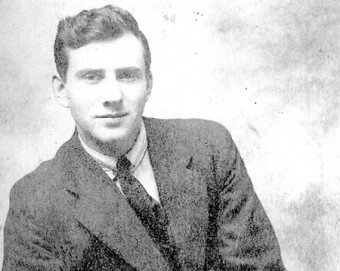
Joe Togher was born in Headford on September 8, 1898. His father was a shopkeeper and his mother was from Carlow, and they had three more sons and a daughter. His father died when he was very young, so in 1910 his mother moved the family into Francis Street in Galway where she opened a small hotel (see photograph) to support them. She was very busy with the business so it was Joe’s sister Nell who looked after him. He went to ‘The Mon’ where a nationalistic Brother Leo was a major influence. Joe was a good oarsman, a champion sculler.
